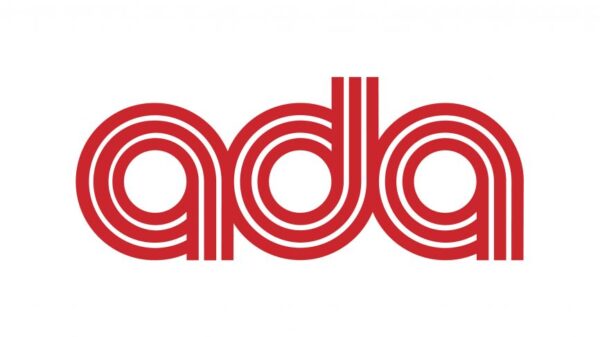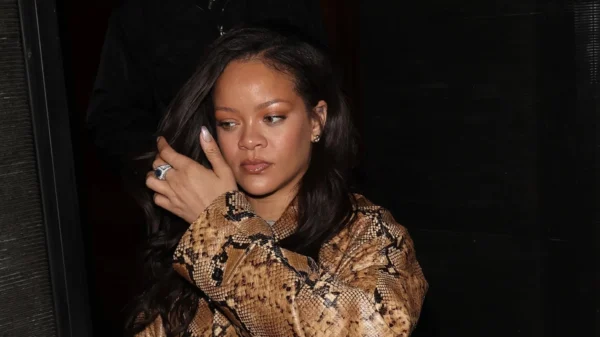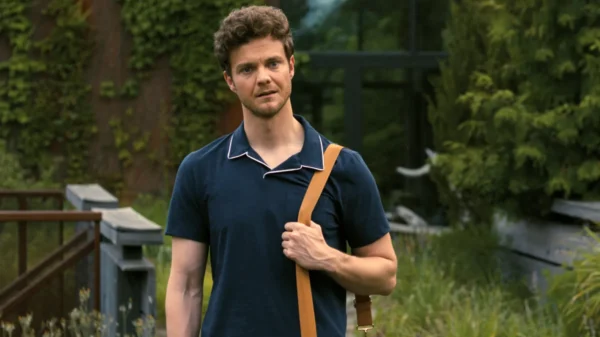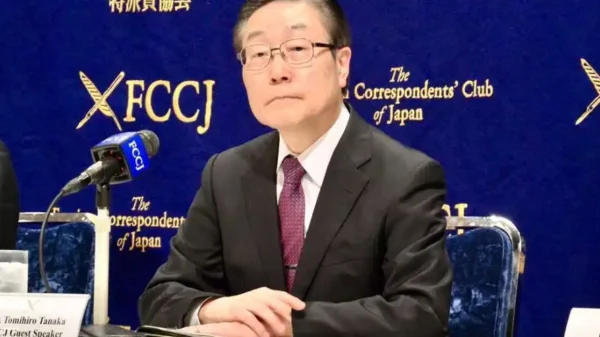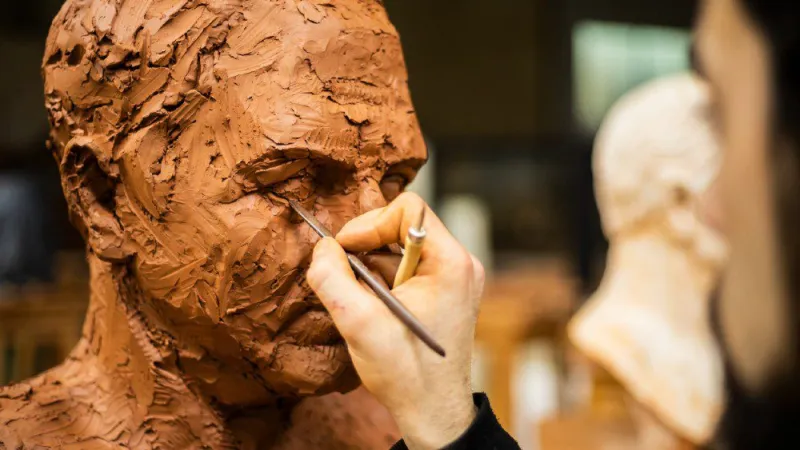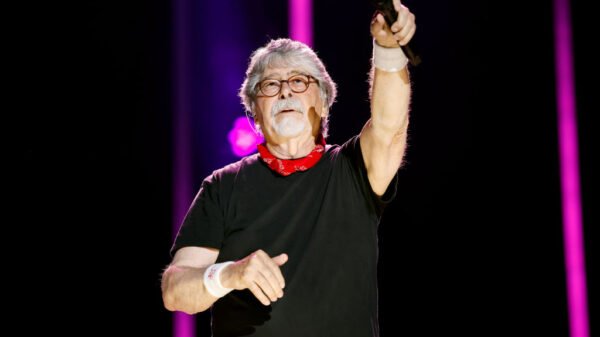The Evolution of Art
Art Evolution has always been a reflection of society, capturing the essence of the times and serving as a medium for creative expression. Over the centuries, art has evolved and transformed, adapting to changing cultural, social, and technological landscapes. In this blog post, we will delve into the various trends and transformations that have shaped the art world.
1. Renaissance: A Rebirth of Art
The Renaissance period, spanning from the 14th to the 17th century, marked a significant shift in the art world. It was a time of great cultural and intellectual awakening, with a renewed focus on humanism and scientific exploration. Artists such as Leonardo da Vinci, Michelangelo, and Raphael emerged during this period, creating masterpieces that celebrated the beauty of the human form and the wonders of the natural world.
2. Impressionism: Capturing the Moment
In the late 19th century, a group of artists rebelled against the traditional academic style of painting and embraced a more spontaneous and subjective approach. Impressionism was born, characterized by its emphasis on capturing the fleeting effects of light and color. Artists such as Claude Monet, Pierre-Auguste Renoir, and Edgar Degas sought to depict the essence of a scene rather than its precise details.
3. Cubism: Breaking the Rules
In the early 20th century, artists such as Pablo Picasso and Georges Braque challenged the traditional notions of perspective and representation with the emergence of Cubism. This movement sought to depict objects from multiple viewpoints, breaking them down into geometric forms and reassembling them in abstract and fragmented ways. Cubism paved the way for future artistic experimentation and laid the foundation for abstract art.
4. Pop Art: Art for the Masses
In the 1950s and 1960s, a new movement called Pop Art emerged, embracing popular culture and consumerism. Artists such as Andy Warhol and Roy Lichtenstein incorporated imagery from mass media, advertising, and everyday objects into their artwork. Pop Art challenged the boundaries between high and low culture, making art more accessible to the masses.
5. Digital Art: The Technological Revolution
In recent decades, advancements in technology have revolutionized the art world. Digital art encompasses various forms, including computer-generated imagery, digital painting, and interactive installations. Artists are now able to explore new mediums and push the boundaries of traditional art forms. The digital age has also opened up new opportunities for artists to showcase their work and reach a global audience.
Conclusion
Art is an ever-evolving entity, constantly influenced by the world around it. From the Renaissance to digital art, each era has brought forth new trends and transformations, pushing the boundaries of creativity and challenging societal norms. By understanding the evolution of art, we can gain a deeper appreciation for the diverse and dynamic nature of artistic expression.





